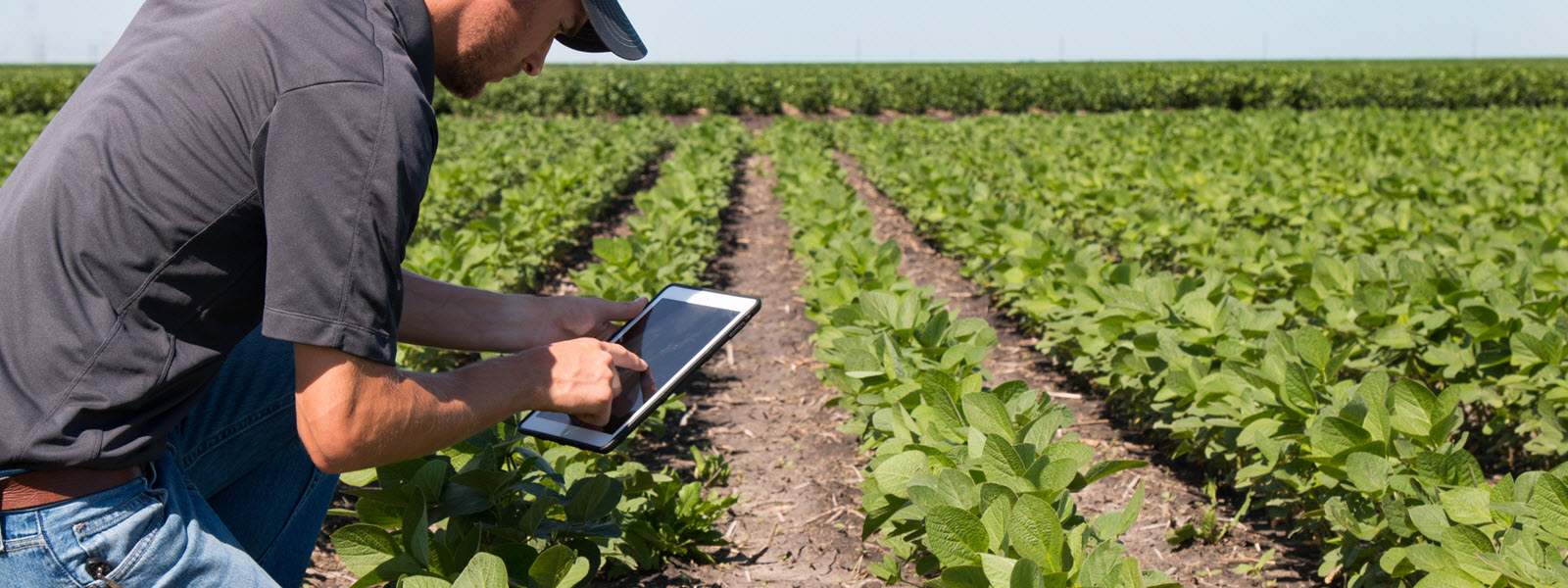With the world’s population on the rise, food production and farming will be more important than ever. According to the UN Food and Agriculture Organization, “the world will need to produce 70% more food in 2050 than it did in 2006.”1
Meeting this anticipated demand will require farmers and agricultural companies to push the technological boundaries of their current practices. Just as the Industrial Revolution took farming to the next level in the 1800s, the Internet of Things (IoT) will have a similar effect on the agricultural industry’s future.
Adoption rates for IoT are accelerating across the board – reaching nearly 43% of enterprises worldwide.2 However, the IoT applications present in today’s agriculture are only the beginning. Better analytics for farmers will result in greater production capabilities.
IoT Accelerates the Digital Transformation in Agriculture
When it comes to IoT adoption in agriculture, the U.S. currently leads the world. According BI Intelligence, “IoT device installations in agriculture are estimated to grow from 30 million in 2015 to 75 million by 2020.”
Here are a few examples of how the farming industry is using IoT:
- Moisture sensors placed in the ground to automate irrigation systems
- Soil sensors to monitor acidity and temperature to determine the best time for planting the next crop
- Smart equipment (tractors, reapers, etc.) connected to the Internet that display information about crop yields as well as sensors to self-diagnose/predict failures and schedule preventative maintenance
- Weight sensors in silo stock to detect leaks and gather information on moisture, humidity, and temperature to ensure health of harvested crops
There are limitless opportunities for IoT in agriculture. But, there’s more to it than installing sensors on assets and equipment and calling it “smart.”
IoT solutions will benefit your organization when you’re thoughtful about the purpose and role that they play. When you build integrated platforms for the full IoT life cycle – data management, analytics, and decision support – the opportunities are endless.
Learn more about The Why, What, and How of IoT: 50+ Examples Across 11 Industries. This guide reveals 5 considerations for establishing IoT solutions and outlines a strategic process for implementing IoT.
Sources:
1 The Guardian
2 Gartner

